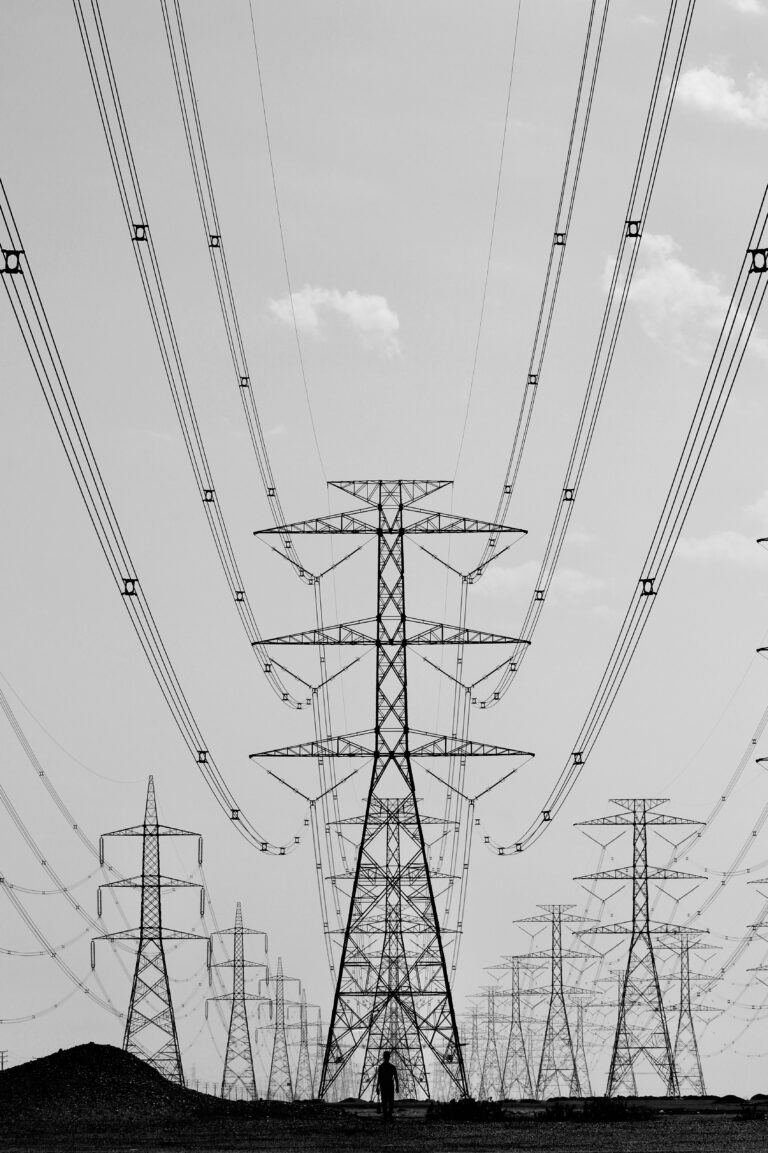Ontario’s Minister of Energy and Mines (the Minister) yesterday delivered a keynote speech at the Ontario Energy Conference setting out Ontario’s energy priorities, linking new supply and infrastructure directly to the province’s industrial strategy and economic growth. This bulletin briefly summarizes the key takeaways of the Minister’s speech. Integrated Energy Plan as roadmap. The Integrated Energy Plan (IEP) was described as Ontario’s “gold star” roadmap for generation, transmission, distribution, and storage. The Minister noted that the backdrop of rising unemployment in Ontario is new generation development, with the IEP underpinning jobs, competitiveness, and industrial growth. Nuclear as a nation-building project. Ontario is proceeding with the first of four small modular reactors (SMRs) at Darlington, which has been identified as a “nation-building” initiative by the federal government. The SMR program is projected to create 18,000 construction jobs, with 80 cents of every dollar spent remaining in Canada. The Minister highlighted the economic scale of large nuclear, with a potential 10,000 MW of new capacity at Port Hope, estimated at adding $235B to Canada’s GDP along with new job creation. The Minister emphasized that there is no economic growth without net new nuclear, supporting Canada as a leading clean energy economy and positioning Ontario as leading the world on SMR. Hydro, Transmission and Storage. The Minister noted that new hydro, transmission, and storage projects are being advanced, with First Nations leadership central to future baseload supply. Four new transmission lines have been announced and were described as the largest one-time investment in a generation and essential to moving new generation to load centres. The Minister also emphasized that storage will be critical alongside nuclear and hydro. LT2 procurement and competition. The IESO’s Long-Term 2 (LT2) procurement was highlighted as good for customers, as competition is expected to reduce prices by up to 30%. The Minister emphasized the IESO’s role as forward-looking and central to procurement and system planning. IEP Natural gas policy statement. The Minister noted that for the first time,…
Ontario’s Independent Electricity System Operator (IESO) earlier this week released its 2021 Annual Acquisition Report (the Report) providing details on the province’s future reliability needs and how to address them. The Report sets out an approach to address these needs over three planning horizons: operations planning, near-term planning, and long-term planning. The Report is anticipated to lead to demand reductions and increased procurement of lower-carbon power. This bulletin outlines key highlights of the Report: Understanding Ontario’s Reliability Needs Demand side uncertainties. Energy consumption is predicted to increase 1 percent each year until 2040. This prediction may be affected by the pace of economic recovery from the COVID-19 pandemic, demographic changes, changes in government policy, future energy management initiatives, and increasing electrification. Energy management. The Report indicates that the Industrial Conservation Initiative program is forecasted to reduce demand by 1300 MW with an additional 2.8 TWh and 450 MW of energy and demand savings from the 2021-2024 Conservation and Demand Management (CDM) Framework. Planned Actions to Ensure Resource Adequacy Flow East Towards Toronto (FETT). With the upcoming planned nuclear retirements and recommissioning, the supply capacity east of the FETT is expected to decline considerably and additional supply will be required as early as 2023. As a result, IESO is recommending upgrading the transmission line between North Oakville and Pearson Airport by 2026, reducing capacity needs by 2000 MW. To meet the increased demand, IESO is negotiating a transitional contract for the Lennox Generating Station which ends in April 2029. The Lennox Generating Station provides large-scale and flexible supply from a dual gas and oil generation facility. West of London. Electricity demand in Windsor-Essex and Chatham-Kent is expected to grow from 500 to 2300 MW by 2035. As a result, IESO is recommending development of new transmission infrastructure from Lambton to Chatham and Chatham to Lakeshore, which will require addressing…


